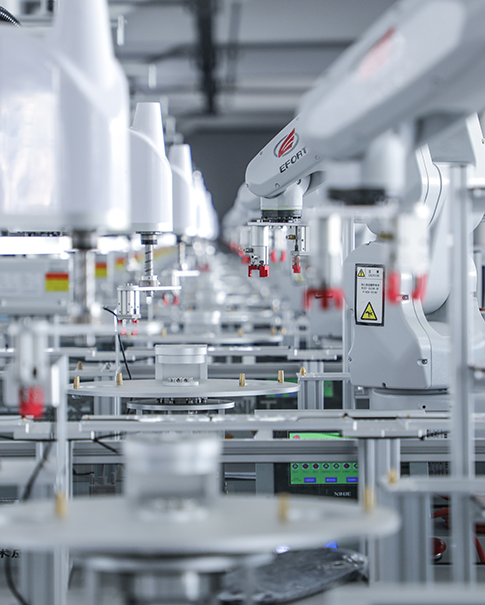In the field of industrial automation, PLCs (Programmable Logic Controllers) have long served as the "industrial brain." Traditional hard PLCs exist as independent hardware devices, with control logic Solidify in specialized chips and circuit boards. Soft PLCs, however, leverage software innovation to integrate hardware dependent functions like computation, storage, and communication into standardized industrial computers or embedded platforms. This "de hardware" transformation represents a shift from "dedicated devices" to "universal platforms" in industrial control - soft PLCs eliminate the need for customized hardware, requiring only software packages installed on Windows/Linux operating systems to achieve. Logic control through ordinary industrial PCs, enabling more flexible deployment in automation
Three Disruptive Advantages of Soft PLCs: Cost, Flexibility, and Openness
1. Cost-Efficiency Revolution: Lightweight Transformation of Hardware InvestmentHard PLCs commonly use proprietary communication protocols (such as Siemens' MPI or Mitsubishi's CC-Link), requiring additional gateways for integration with third-party systems and resulting in low data interoperability. Soft PLCs natively support industrial internet standards like OPC UA and Modbus TCP, enabling seamless integration with MES, SCADA systems, and even real-time AI algorithms. In smart factory construction, soft PLCs become a key bridge connecting OT (Operational Technology) and IT (Information Technology), driving end-to-end data flow in production.
Many existing industrial facilities rely on decades-old hard PLC systems with proprietary programming languages (Ladder Logic, Function Block Diagram). Retraining engineers and migrating legacy code to soft PLC environments (which often favor IEC 61131-3 standard languages) introduces time and skill gaps, especially in large-scale plants where incremental upgrades are preferred over radical overhauls.
Hard PLC Strongholds: Traditional PLCs retain their edge in high-reliability, specialized environments (e.g., nuclear power, aerospace manufacturing) and legacy systems where stability and minimal maintenance are non-negotiable.Leading automation vendors like Siemens (WinAC), Rockwell (FactoryTalk), and Beckhoff (TwinCAT) now offer both soft and hard PLC solutions, acknowledging that the choice depends on application priorities—cost vs. reliability, flexibility vs. specialization.
Standardization Acceleration: The IEC 61499 distributed control standard and OPC UA information modeling are reducing dependency on proprietary architectures, making it easier for soft PLCs to integrate into heterogeneous industrial ecosystems.
Email us
Reply within one working dayVisit us
32D Guomao Building, No.388, Hubin South Road, Siming DistrictDisclaimer : Salesplc sells new and surplus products and develops channels for purchasing such products. This website has not been approved or recognized by any of the listed manufacturers or trademarks. Salesplc is not an authorized distributor, dealer, or representative of the products displayed on this website. All product names, trademarks, brands, and logos used on this website are the property of their respective owners. The description, explanation, or sale of products with these names, trademarks, brands, and logos is for identification purposes only and is not intended to indicate any association with or authorization from any rights holder.
Copyright @2024 SalesPlc Limited. Sitemap
/ Blog
/ XML
/ Terms And Conditions
/ Privacy Policy
 Network Supported
Network Supported
